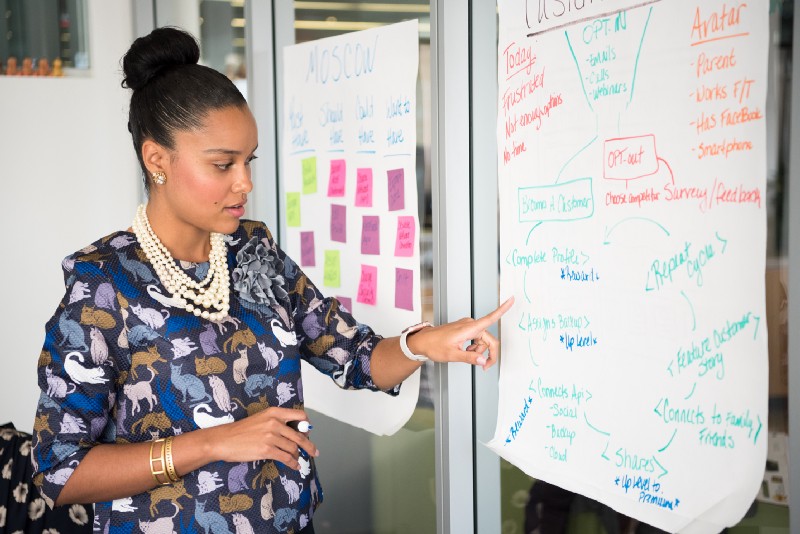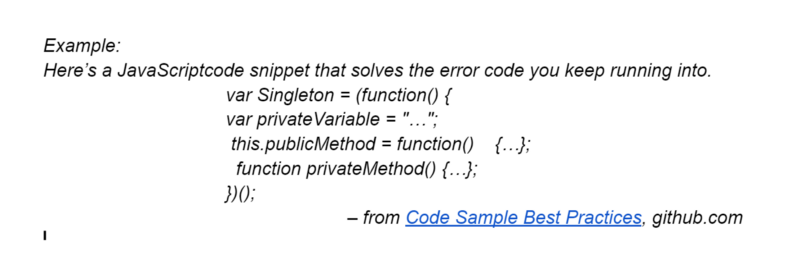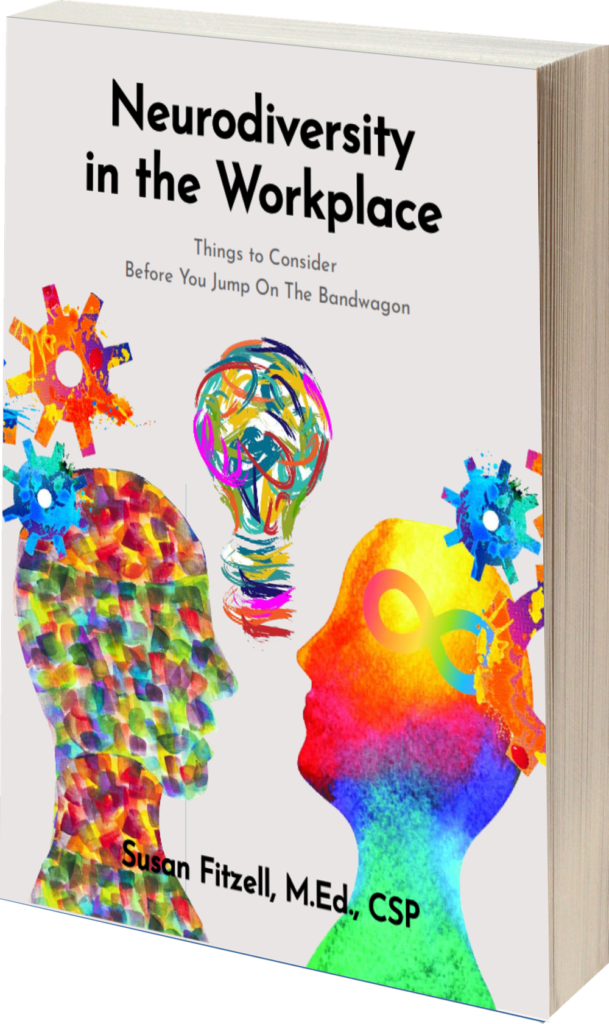
For neurodiverse employees, the modern workplace can be a tough place to excel. Some struggle with workplace interaction and socialization. Workers with ADHD can have trouble prioritizing responsibilities — and, conversely, may hyper-focus on one task. People with dyslexia may need extra time to review and process email messages.
When stress is added to the struggle pile, neurodiverse employees may quickly lose focus and motivation. But it’s not just neurodiverse employees who can feel overwhelmed and overly stressed at work.
The strategies below can help all employees, but they significantly improve the workday for neurodivergent employees by enhancing their focus, supporting a sense of calm, and making it much easier for them to accomplish their work objectives.
- Start the day with music. Play calming ambient music, 60 beats per minute or less, as employees enter your office. It will create an environment that enhances calm and focus. Lower the volume as the workday starts, and turn it off entirely if the music becomes annoying or distracting.
- Maximize natural lighting. Plenty of windows and lights that provide “natural light” wavelengths help to calm people and increase productivity.
- Boost focus & creativity with coloring books. Coloring in a mandala from the outside-in will focus a person’s attention. Coloring a mandala from the inside-out can boost creativity. Keep a book of mandalas along with markers, colored pencils, or crayons for employees to use anytime they need to break away from work, relax and focus.
- Provide and encourage text-to-speech (TTS) apps. Neurodiverse employees often find it easier to listen to emails, memos, and documents rather than read them. Talk to IT about adding a TTS app to assigned devices — or, if the device already has TTS capability (as Microsoft Windows does), ask IT to show employees how to access and use the function.
- Communicate meeting structure clearly. Before a meeting starts, provide an agenda, outline, and notes, so everyone knows what will be discussed and when. Employees are more likely to pay attention to you during the meeting, rather than struggling to take notes or wondering when they can leave.
- Subscribe to Grammarly Business. This powerful app will help all of your employees, not just neurodivergent employees. But it mainly accommodates neurodivergent employees with language-based learning challenges like dyslexia. Grammarly can be enabled to run in the background and “live check” documents as employees write them, providing suggestions on spelling, sentence structure, and more. While a free version is available, the paid app has powerful features, including a laser-sharp plagiarism checker and more–making it well worth the investment.
- Re-read emails before sending them. An email that seems clear to you while writing it may confuse the employee who receives it — especially if you’re imparting instructions. Review the draft before you hit send. Even better, read it to a colleague to get their feedback first.
- Review official company documents for confusing language. Project descriptions, new company rules, training manuals — any of these documents (among others) may have confusing language in them. Sending a clarification by email or in a separate memo may confuse employees even more, and some employees may not get the email or memo. Review documents periodically to ensure they’re up-to-date, accurate, and clear.
- Bullet points are your friend. Break down instructions into bullet points. Even if instructions are concise and straightforward already, put them into bullet points (not numbered points, which suggest a sequence) and short, clear sentences. Grammarly can help with this.
- Add color and graphics to text-heavy documents. A chart that reinforces the concept being explained can significantly enhance employee understanding and retention.
- Use examples to clarify concepts. Provide examples of the topic or instructions you’re communicating about. Here’s an example of providing a model to a web developer. (Yes, I’m getting a bit meta at this point, but bear with me.)

And lastly…
12. Schedule regular group activities. To boost team cohesiveness and productivity, make time for a regular group activity — weekly, biweekly, or monthly — of 30 minutes to an hour. These activities should enhance employee learning and boost the confidence of neurodiverse employees by presenting new ways to think about and approach things that challenge them at work.
Neurodiversity Definition
Neurodiversity: this term refers to a general diversity of minds. It includes people who are neurotypical and neurodivergent. When I talk about promoting neurodiversity in the workplace, for example, I am referring to creating a diverse workforce representative of the broad spectrum that exists when it comes to ways of thinking, processing information, communication, and learning. Some employees may be “normal” or neurotypical while others may have ADHD, Dyslexia, Autism, or trauma impacted ways of thinking. I am not referring to any particular label or diagnosis, but rather, the concept of an environment where a diversity of minds coexist.
Neurodiverse: This word is pretty much the same as neurodiversity, but should be used as an adjective. You can say, for example, that your workplace is neurodiverse.
Be careful though, because you should never describe a person as being neurodiverse. Individual people should be described as neurodivergent.
Neurodivergent: This word describes an individual whose way of thinking falls outside of society’s defined version of normal. Oftentimes you will see it abbreviated as ND.
Many times, neurodivergent people will have a diagnosis or label you may recognize, like autism, dyslexia, or ADHD. But neurodivergent people are also those with epilepsy, different kinds of brain trauma, or simply a unique way of thinking that may not have a specific diagnosis.
Photo Credits:
Christina @ wocintechchat.com on Unsplash
Code Sample Best Practices, github.com
CLICK HERE to visit the articles page.
 FREE DOWNLOAD: Neurodiversity in the Workplace: Things to Consider Before You Jump On the Bandwagon
FREE DOWNLOAD: Neurodiversity in the Workplace: Things to Consider Before You Jump On the Bandwagon
Neurodiverse hiring practices can benefit any company in any industry and in more areas than most people realize. The investment has yielded greater patenting, innovation, process improvement, efficiency, and creativity not only in technology industries but also in industries that include investment banking, insurance, and mortgage banking.
This resource explains the term “neurodiversity” and describes the potential positive impact on your business that can come from including neurodivergent individuals in your workplace.
Download Neurodiversity in the Workplace! – Free!
Bring Susan Fitzell, M.Ed., CSP
Top Neurodiversity Speaker
To YOUR Organization!

